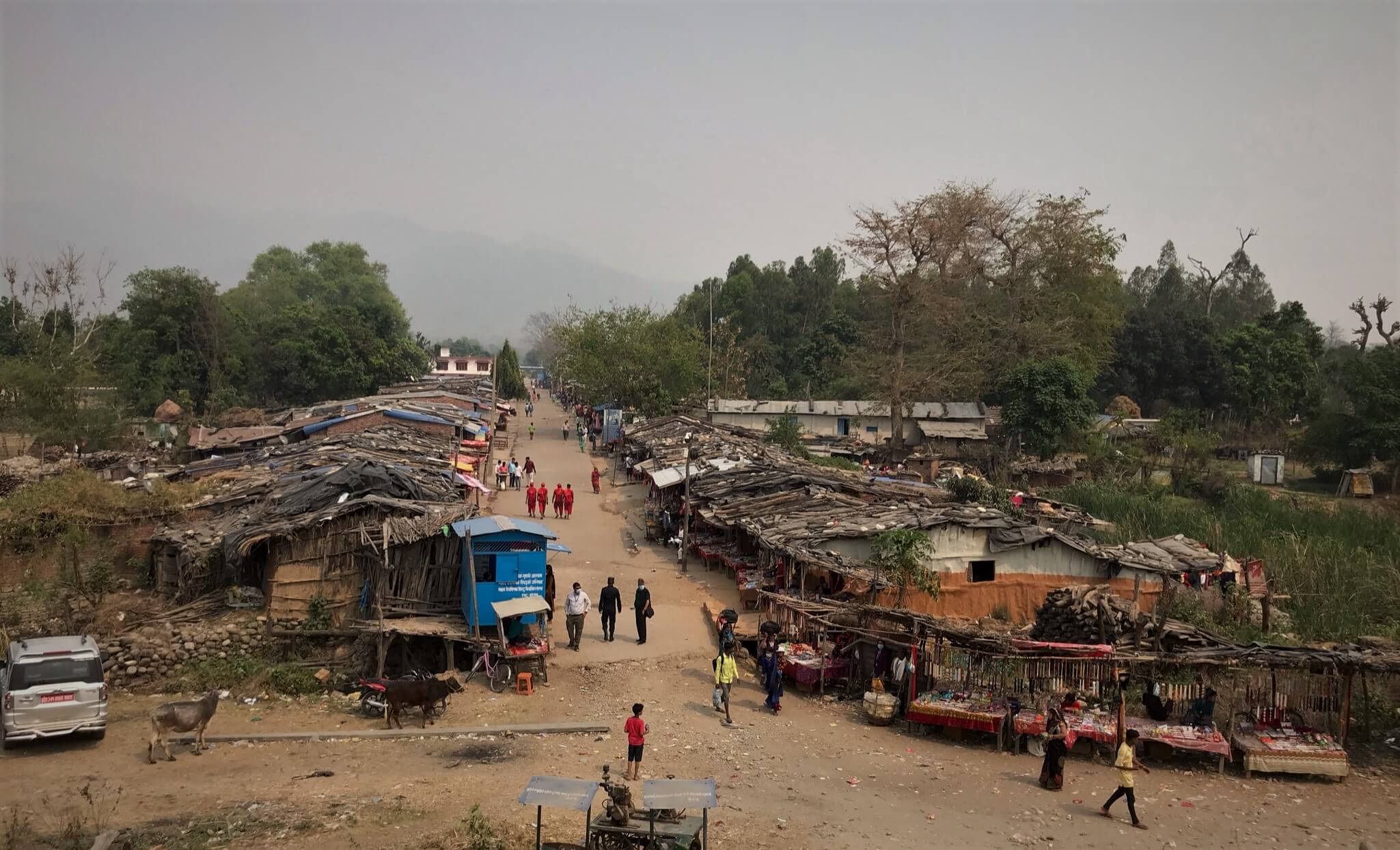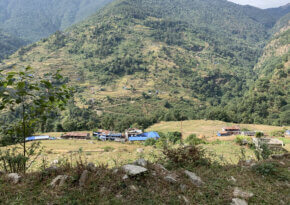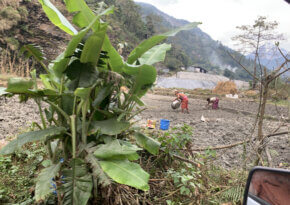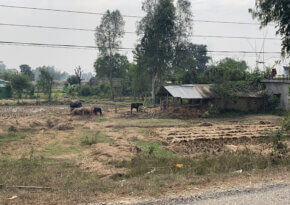Last year, two survivors sat in about the same depth of poverty in Nepal, making $14 to $16 a week, but – in a counter-intuitive calculation – their overall quality of life was far from similar.
One survivor had two parents, the highest level of secondary education and even dove into further study. The other barely went to school, lost her mum before falling into child marriage, and her husband – an abusive, alcoholic – abandoned her and their two children.
This contrast exemplifies how monetary-based poverty measures don’t always reflect someone’s well-being, given it can miss their pile of non-income-related deprivations, known as multidimensional poverty.
This crisis is burdening millions of kids in Nepal.
It’s understandable how they can easily fall prey to human traffickers who groom and invite them to a neighbouring country using false promises of jobs, love or even a tour – all lifelines in a girl’s eyes.
Destiny Rescue border agent and supervisor Amala says survivors trust these promises of their traffickers – who flaunt themselves as supposed “angels” – because the traffickers have “brainwashed” them into believing in a better life abroad.

They have big dreams of a good life,” she said.
Destiny Rescue rescues victims of human trafficking in Nepal by manning 16 border stations along the edge of the country and having all-female border agents stop, interview and rescue any travellers at risk of being trafficked abroad.
Multidimensional poverty explained
One in five children – nearly 2.2 million – are multidimensionally poor, according to a report, titled Nepal Multidimensional Poverty Index, last year by United Nations Children’s Fund.
Looking at and beyond income poverty, multidimensional poverty describes the well-being of someone suffering from multiple deprivations at the same time, like poor nutrition, health, education and housing.

Income-based poverty measures are useful but can overlook deprived people who lack more than finances alone. Measuring countries through the glasses of multidimensional poverty, therefore, is helpful because it allows governments to see the full depth of deprivation looming over its citizens. It also better informs policymakers.
While it’s unknown which factor of deprivation is the catalyst for multidimensional poverty, the report said the two biggest deprivations among multidimensional poor citizens in Nepal were poor education and living standards, like assets, housing and cooking fuel.
Nepal has made “remarkable” progress to reduce it, with the number of citizens in multidimensional poverty falling to 17.4 per cent – less than five million – in 2019 from a little over 30 per cent in 2014.
But it remains an issue and catalyst for future victims of human trafficking.
Finding the ‘weak’ ones
Amala, border agent, said most survivors were raised in impoverished families in villages in rural areas, where 80 per cent of the population resides. Their food, which is “hard” to get, is cooked over a fire and water is fetched from wells, streams or hand pumps.



On top of a lack of money, nutrition and quality water, survivors can be naive, poorly educated and in unhealthy relationships, including child marriages. While these factors might be viewed as a pile of issues, human traffickers see them as advantages.

Traffickers are experts at finding when people are vulnerable,” Amala said.
Traffickers leverage their target’s naivety, desperation and lack of knowledge about even the term, human trafficking, to persuade them to travel to a neighbouring country. The criminals often use false promises of marriage, jobs, tours or shopping to bait them.
Traffickers also spend about three months on average grooming their victims, strategically enchanting them and stealing their trust. Hence, Amala said survivors “never think” their trafficker’s offers are empty promises. In fact, they daydream about their promises.
But our border agents are quick to sniff out a false promise once finding, interviewing and rescuing the survivors along the border of Nepal. The survivors, however, find it initially challenging to accept the truth before later understanding it.

They don’t trust us when we say something against the traffickers,” she said.

Hope
Although traffickers relentless target multidimensionally poor people in Nepal, their plans are being thwarted by our unwavering rescue agents. So far this year, we have rescued an average of 19 people a week at the Nepal border.
Our organisation has built 16 border stations around the country to rescue victims of trafficking. Still, our goal is to reach 35 to 40 border stations to better defend the nation against human traffickers preying on its citizens.
Donate today to help rescue trafficking victims at the Nepal border.

 US & International
US & International Australia
Australia United Kingdom
United Kingdom